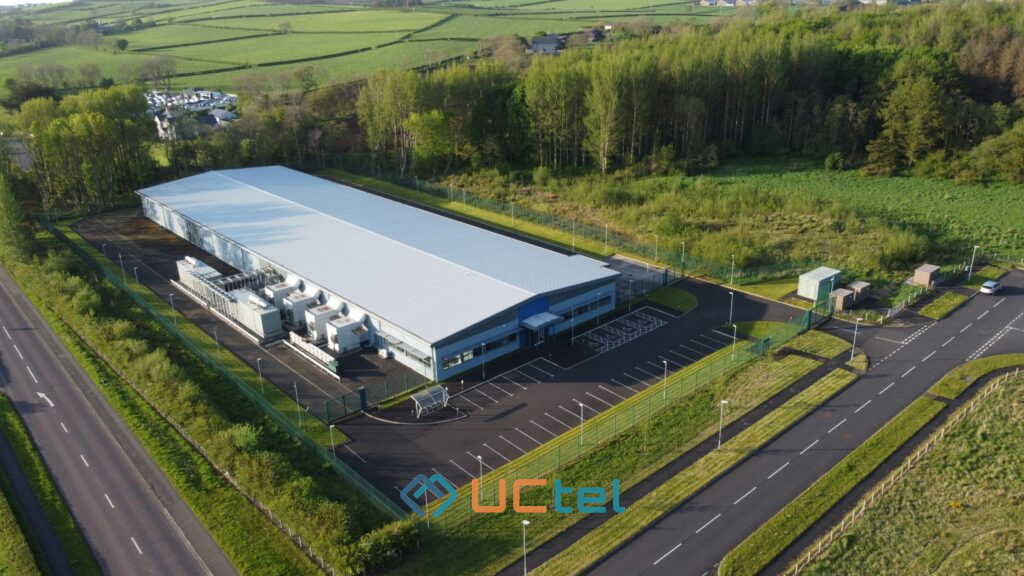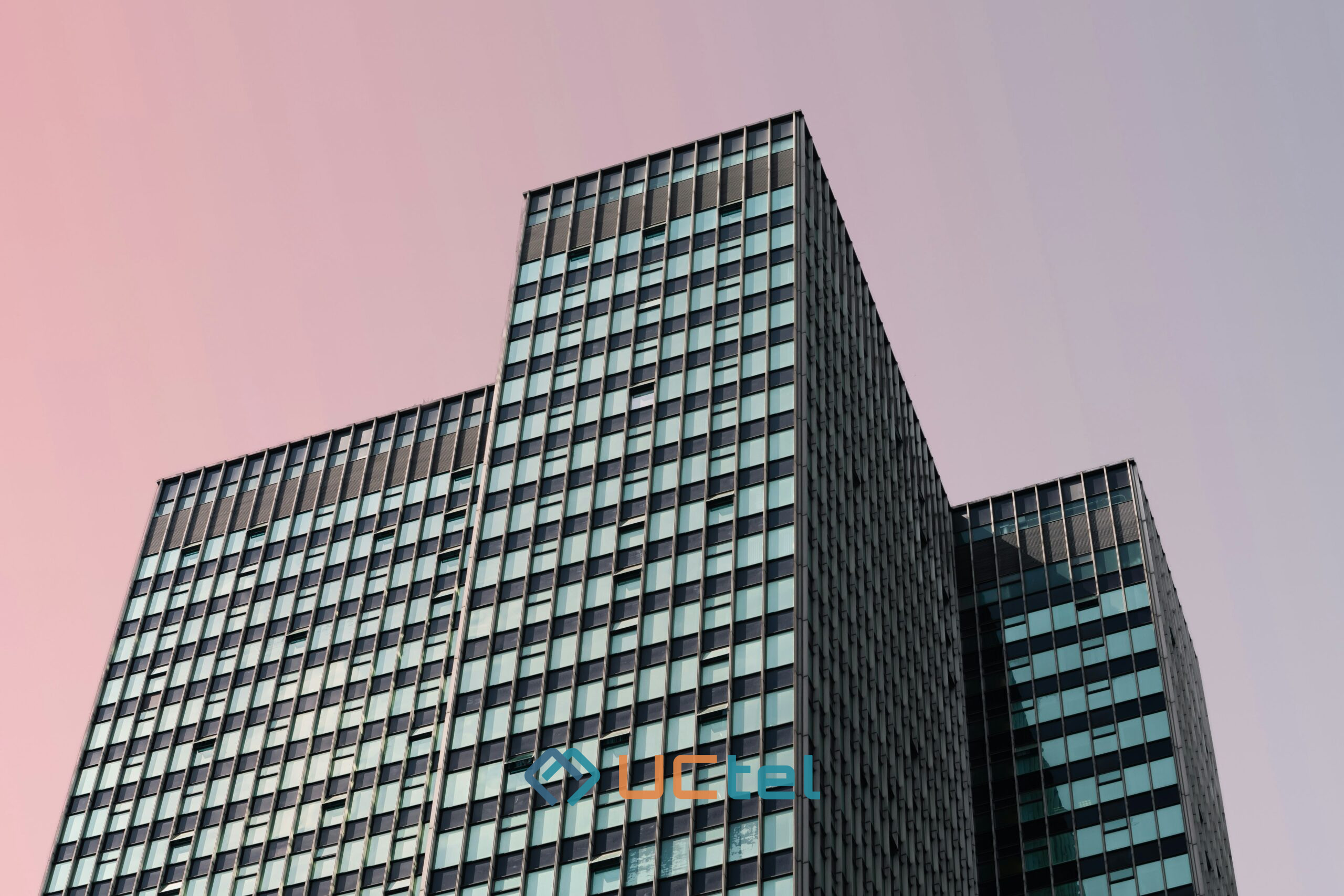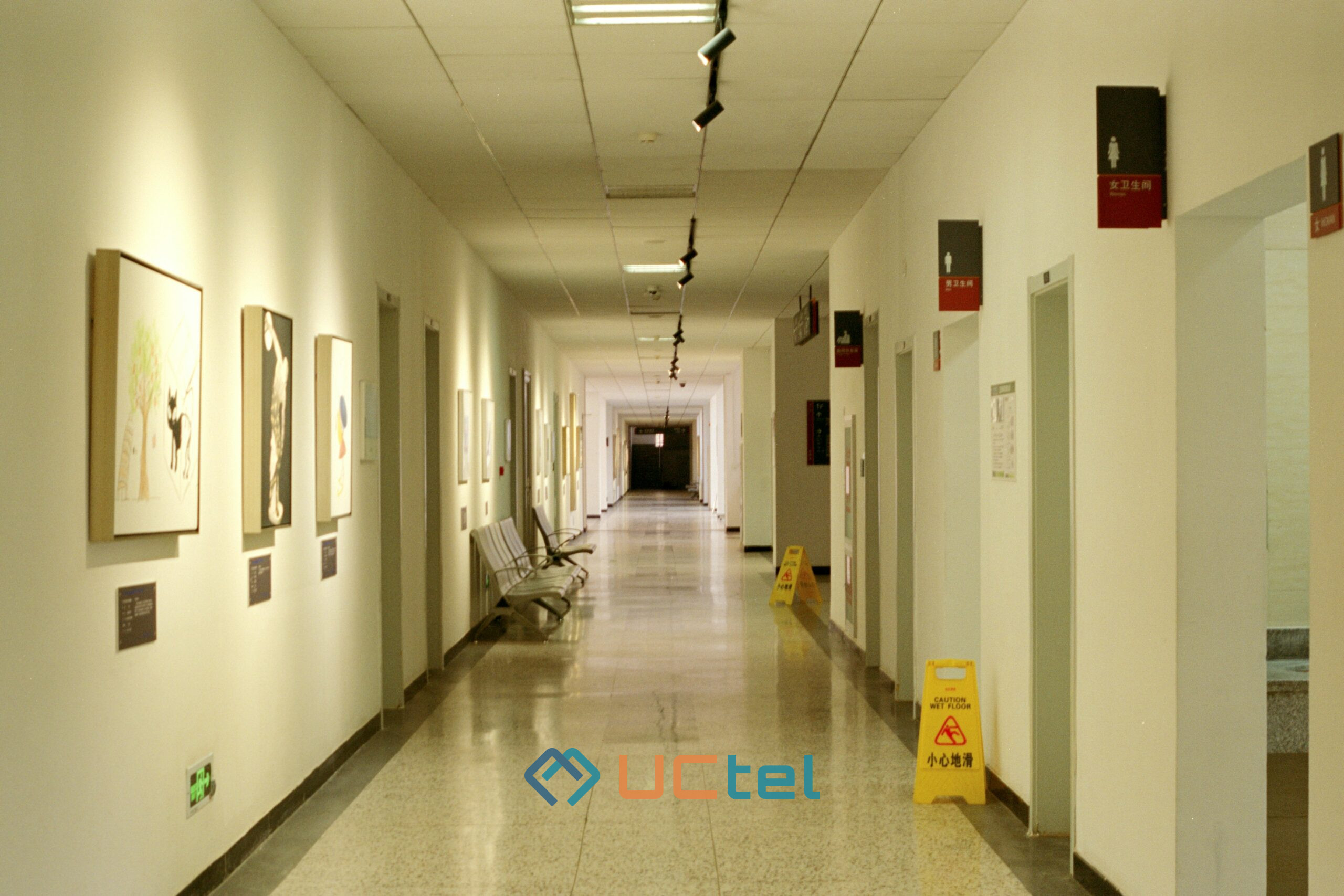How to fix mobile signal issues in data centres?

Table of contents
- 1. Follow-Up Questions
- 2. Options & Trade-offs for Data Centres
- 3. Practical Fix Plan (Step-by-Step)
- 4. Use-Case Scenarios
- 5. The Risks of Ignoring Mobile Coverage in Data Centres
- 6. Future-Proofing Data Centre Connectivity
- 7. Why Uctel stands out in data centres
- 8. Conclusion & TL;DR
- 9. Frequently Asked Questions
Updated September 2025
Data centres are some of the most hostile environments for radio: metal everywhere, shielding, dense racks, strict change control and zero tolerance for interference. This guide answers the exact question: How to fix mobile signal issues in data centres? You’ll get clear diagnostics, fit-for-purpose architectures, and a practical decision path that keeps EMI risk and security front and centre.
Follow-Up Questions
Why do data centres need mobile coverage at all?
- For technician safety (emergency calls), on-site coordination, rare-but-critical incident response, and as a resilience path for tools, sensors or access workflows. Use may be infrequent, but failures carry high risk.
What makes data centres so RF-hostile?
- Faraday-cage effects from racks and metalwork, dense cabling, EMI constraints, limited antenna real estate, airflow/cooling priorities, and tight security/change control.
How should we diagnose the problem properly?
- Run a structured RF survey: donor-signal assessment on roof/perimeter; aisle-by-aisle walk tests (RSSI/RSRP/SINR); attenuation profiling across racks; interference scans; and heat-maps over floorplans to locate shadow zones.
Which solutions actually work inside server halls?
- Typically a DAS backbone with carefully placed antennas for broad reach, plus small cells for deep aisles/hotspots. Boosters can help fringe/service areas if compliant and engineered to avoid oscillation. Hybrids are common.
How do we avoid EMI and operational risk?
- Use shielded components, filtering, strict grounding and cable segregation; enforce exclusion zones; validate with EMC testing; and document change control with rollback plans.
How do we keep it reliable over time?
- Build redundancy (power, paths, nodes), implement continuous monitoring/alerts, re-survey after layout changes, and maintain a spares/firmware plan.
Options & Trade-offs for Data Centres
| Solution | Ideal For | Strengths | Considerations |
| Passive DAS | Smaller footprints, good donor signal | Simpler, cost-effective | Coax loss over distance; relies on donor quality |
| Active/Hybrid DAS | Large sites, long runs, multi-operator | Uniform coverage, fibre runs, scalable | Higher CapEx, design complexity |
| Small cells (pico/femto/micro) | Deep aisles, hotspots | Fresh RF, controllable power & capacity | Backhaul, licensing, interference coordination |
| Boosters/BDAs | Service corridors, edge rooms | Quick wins, lower cost | Oscillation risk, limited capacity control |
| Hybrid (DAS + small cells + selective boosters) | Most production DCs | Tailored coverage, flexible growth | Requires expert integration & governance |
Practical Fix Plan (Step-by-Step)
- Survey & model: Donor mapping, aisle walk tests, attenuation profiles, spectrum scans; build heat-maps and link budgets.
- Segment the site: Classify zones (deep racks, corridors, M&E rooms, staging areas) by risk and coverage need.
- Choose the backbone: Active/hybrid DAS for scale; passive only if runs are short and donor is clean.
- Treat the aisles: Add small cells or directed antennas to penetrate metal canyons; control footprints to avoid spill.
- Engineer for EMI: Filters, shielding, bonding, cable segregation; pre- and post-EMC tests with facility engineers.
- Build resilience: Dual power (UPS/generator), path diversity, modular nodes, monitored head-end.
- Deploy with discipline: Night/maintenance windows, pre-fabricated runs, labelled routes, fire-stopping, rollback plans.
- Validate & monitor: Acceptance KPIs (RSSI/SINR, handovers, latency), alarms/telemetry, incident feedback loop.
Use-Case Scenarios
| Situation | Recommended Fix | Why |
| Edge corridors & M&E rooms | Passive/active DAS taps; selective booster if compliant | Easiest propagation; quick gains |
| Deep hot/cold aisles | DAS node + small cell or sector antenna per cluster | Overcomes rack shielding; targeted footprint |
| Staging/secure cages | Lockable DAS remotes or small cells | Access-controlled, auditable hardware |
| Large multi-hall campus | Active/hybrid DAS backbone + small-cell overlays | Scalable, multi-operator, future-proof |
| Budget-constrained fix | Pilot one hall: passive DAS + limited small cells | Prove benefit before scaling |
The Risks of Ignoring Mobile Coverage in Data Centres
Many data centre teams underestimate the importance of mobile coverage because day-to-day operations rely mainly on wired or WiFi connections. Yet when emergencies occur, technicians may need to call out immediately while working in server aisles or remote rooms. Without reliable signal, those calls may fail, delaying help and putting staff safety at risk.
Beyond health and safety, weak coverage also impacts operational resilience. If an engineer cannot escalate an incident quickly, troubleshooting slows down and downtime costs escalate. In facilities operating under strict SLAs, a single failed call can lead to contractual penalties far higher than the cost of a robust coverage system.
Future-Proofing Data Centre Connectivity
Mobile coverage in data centres should be designed for more than today’s technician calls. Increasingly, IoT sensors, smart building systems, and access control devices rely on cellular connectivity as a secure, independent layer. A system that only meets current needs will quickly fall behind as these demands grow.
Forward-thinking operators are already planning for private 5G or modular DAS architectures that can scale with technology. Designing for capacity headroom, regulatory compliance, and seamless upgrades ensures the facility stays competitive while avoiding disruptive and expensive retrofits.
Why Uctel stands out in data centres
- EMI-first engineering: Shielded designs, filtering and grounding discipline proven in sensitive environments.
- Zero-disruption rollout: Phased works, pre-fabricated runs, strict change control and rollback.
- Carrier & neutral-host experience: Multi-operator DAS and small-cell integration done right.
- Future-ready by design: Head-ends sized for extra bands, private LTE/5G paths, and IoT growth.
If you need a partner who speaks both RF and data-centre operations, Uctel is a safe pair of hands.
Conclusion & TL;DR
- The fix: Survey properly → design a DAS backbone → add small cells for deep aisles → engineer EMI protection → build redundancy → monitor continuously.
- Mindset: Treat mobile coverage as mission-critical, not a convenience.
- Outcome: Safe, compliant coverage that works when it matters.
Talk with Uctel for a fast, EMI-safe audit and a phased plan your DC operations team will sign off.
Frequently Asked Questions
Are boosters safe to use in data centres?
- Only when compliant, filtered, and engineered to avoid oscillation—typically for corridors or fringe rooms, not deep aisles.
Will antennas disrupt cooling or airflow?
- Not if you use low-profile hardware, overhead trays, and keep clear of containment paths. Placement is designed with M&E teams.
Can one system serve multiple mobile networks?
- Yes. Neutral-host DAS supports multiple operators; small cells can be layered where extra capacity is needed.
How do we verify no interference with servers?
- Pre/post EMC testing, spectrum scans, and monitored burn-in; plus shielding, filtering and strict grounding.
How do we future-proof for private 5G/IoT?
- Choose modular head-ends, fibre-fed remotes, spare band support, and reserved backhaul for private LTE/5G slices.





